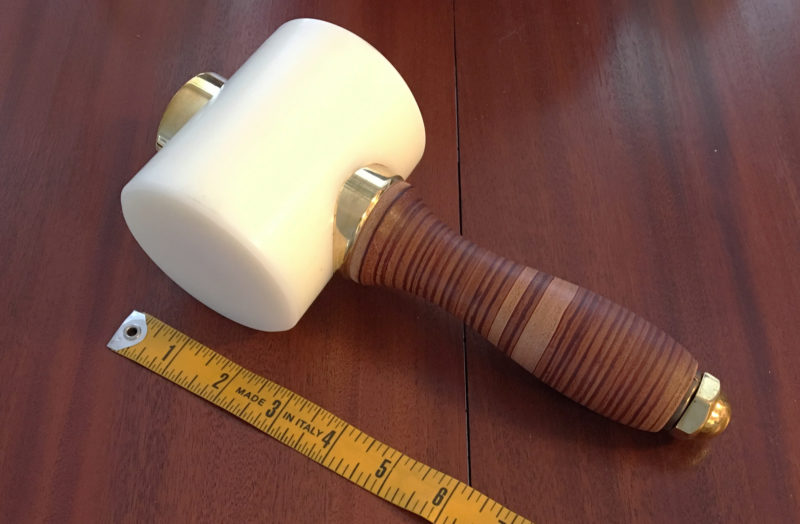 photographs by the authors
photographs by the authorsThe handle is a stack of leather disks turned and sanded smooth by hand; it offers a non-slip grip that dampens vibration.
Audrey and I have a little fleet of small boats and do a lot of work taking care of them. Setting grommets is a regular task when we’re making and repairing sails and boat covers, and one of the best tools we’ve found for the job is the Barry King 48-oz hammer-style mallet. It was created for driving punches and stamps in leatherwork—but it can also be used for sailmaking, canvaswork, woodworking, and other boatbuilding tasks. The 3-1/8″-diameter nylon head has plenty of surface to make sure the mallet meets the tools without glancing off as a hammer often does, so you can concentrate on the business end of the tool rather than the mallet striking it. The nylon head is non-marring and reduces wear and tear on grommet sets and hole cutters. The mallet is also well suited for striking chisels without damaging them, especially when you need the power to cut mortises.
The 6″ handle is a stack of leather discs and shaped for a nice feel and secure grip in both Audrey’s small and my large hands. The mallet is well balanced, and the materials from which it’s made dampen vibrations and reduce noise. For style points, there are nice brass fittings on the handle and head.
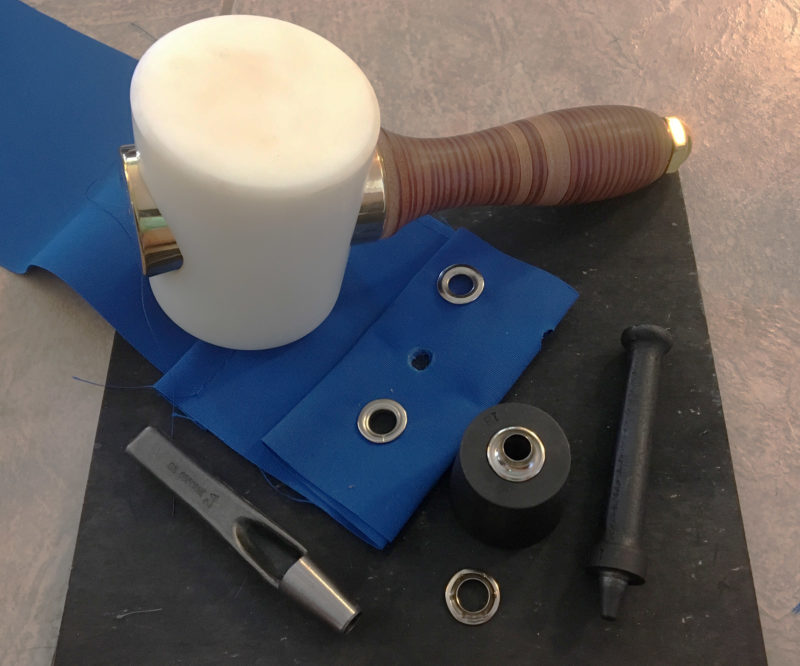
The nylon head has enough weight to make quick work of punching holes and setting grommets, yet it won’t damage the tools.
Audrey is a costume designer and tailor who has installed thousands of grommets, and she was delighted with the weight and feel of the Barry King mallet. Three strikes set a grommet perfectly first time she used it. She has often seen the damage to the fabric caused when using a common metal hammer—off-center strikes can cause the grommet to compress too much on one side and cut into the fabric, requiring the replacement or repair of the damaged fabric, while the center section remains unset.
Grommet die sets and hole cutters also take a beating from metal hammers, and over time we’ve had to replace some of them. We have tried wooden mallets and rawhide hammers and they did the job eventually, with many strikes, but the King mallet’s weight, striking surface, and durability are perfect for these tasks. We can set large grommets with one or two strikes, and with a sharp hole cutter and a rubber cutting block we’ve cut through four layers of Sunbrella with one blow. It is a treat to put grommets into sails and canvas.
We’d highly recommend this well-designed and well-made nylon mallet for work in the shop, especially if you’re going to try your hand at sewing a new set of sails or if you’re putting grommets in your favorite sail cover. At $84, the price may seem steep, but the King mallet is a versatile tool that is a pleasure to use. The mallet is as beautiful as it is functional, and now we want to put grommets in everything.![]()
Audrey and Kent Lewis live on the shore of the inland waters of the Florida Panhandle and curate an armada of small craft, with spare time for theatre and flying.
Barry King Hammer-style Mallets are hand– made in Wyoming. There are five sizes, priced between $65 and $85, with striking faces that are parallel (reviewed here) or angled. Sailrite sells only the 48-oz #3 ($83.95), reviewed here, for its particular effectiveness when setting grommets.
Is there a product that might be useful for boatbuilding, cruising or shore-side camping that you’d like us to review? Please email your suggestions.
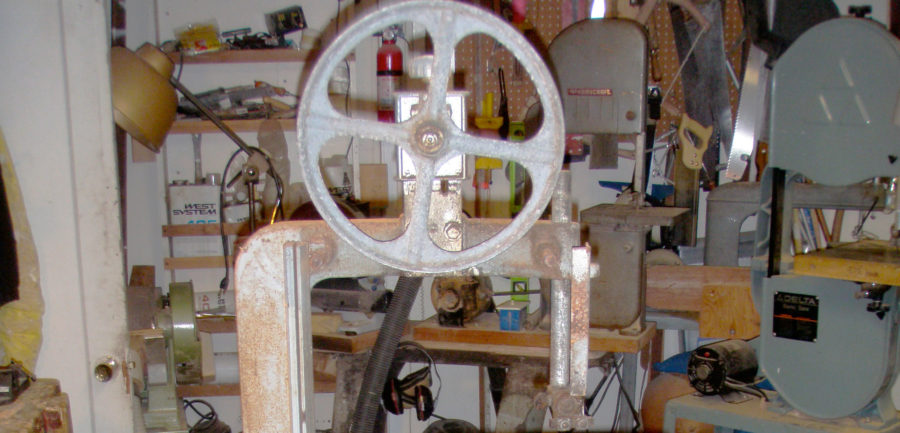

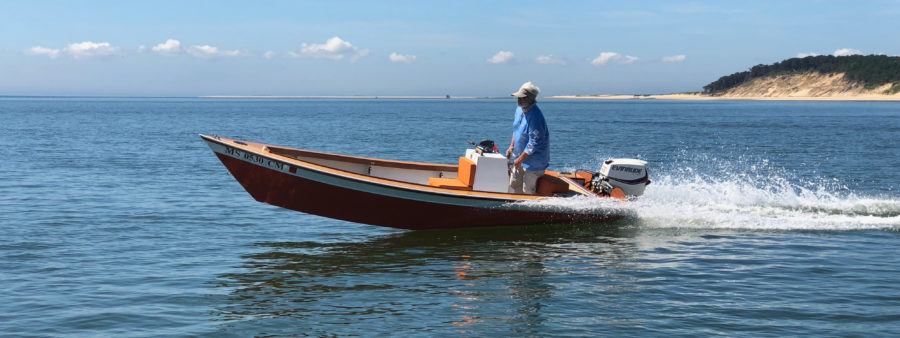

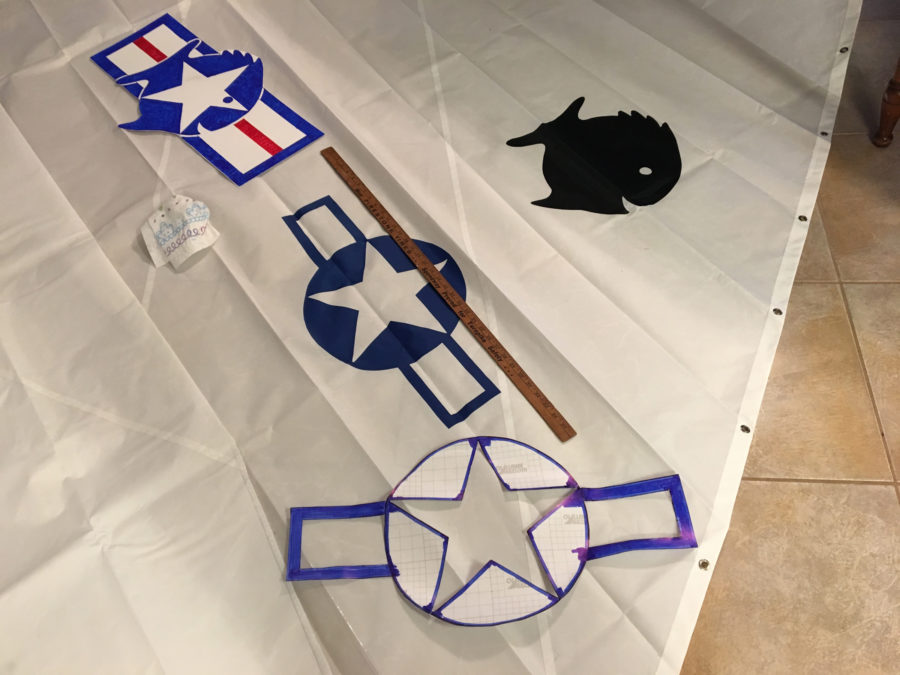

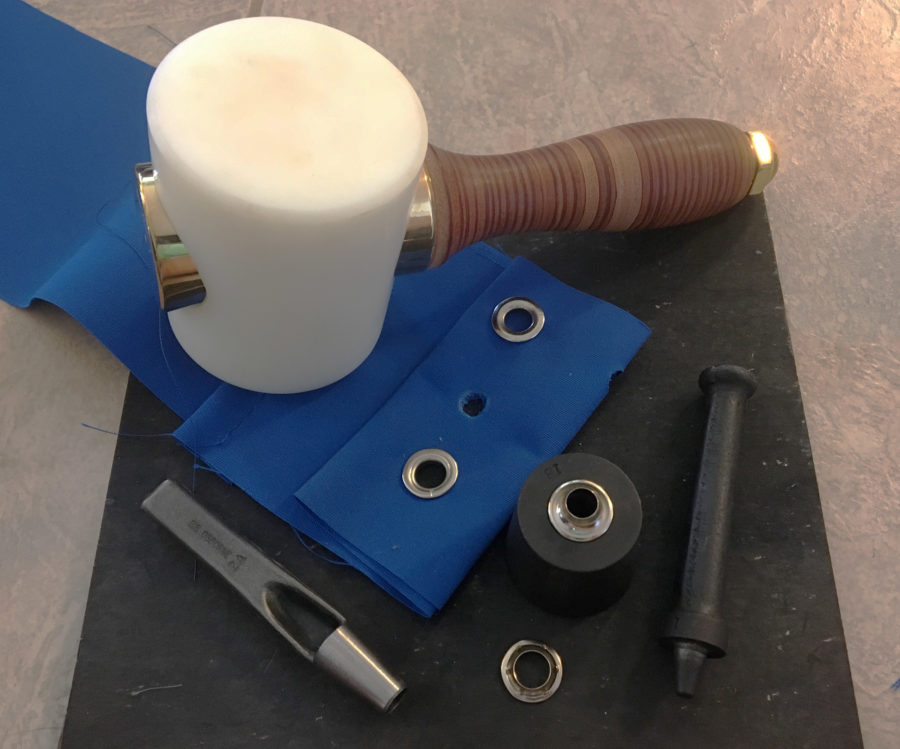

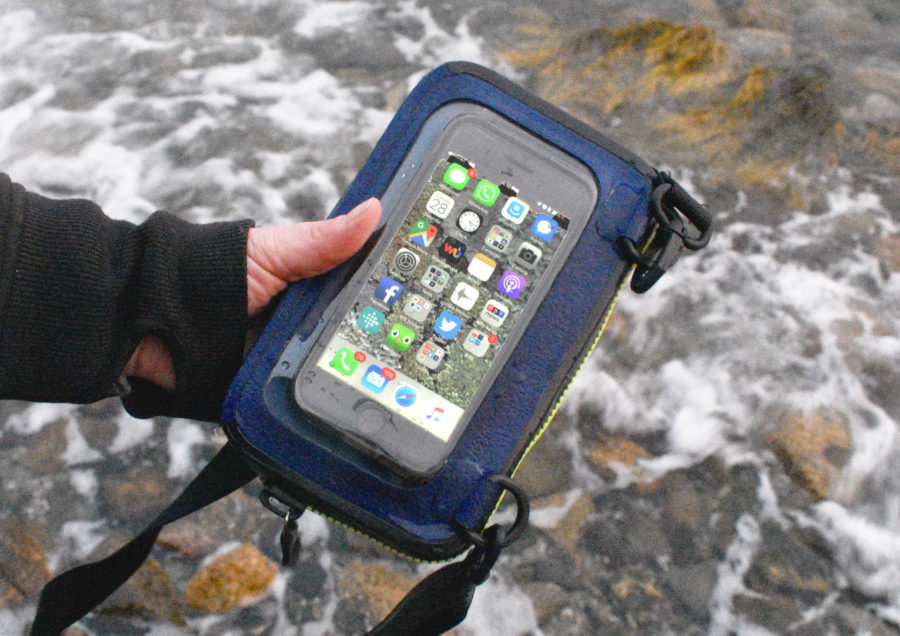
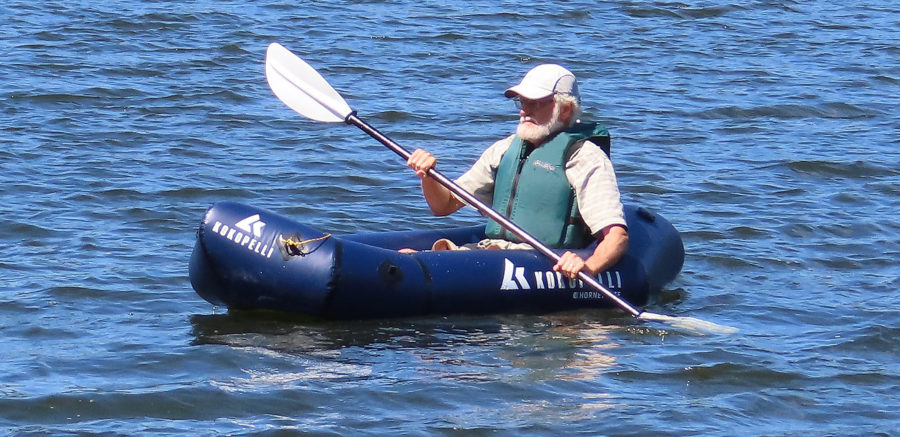
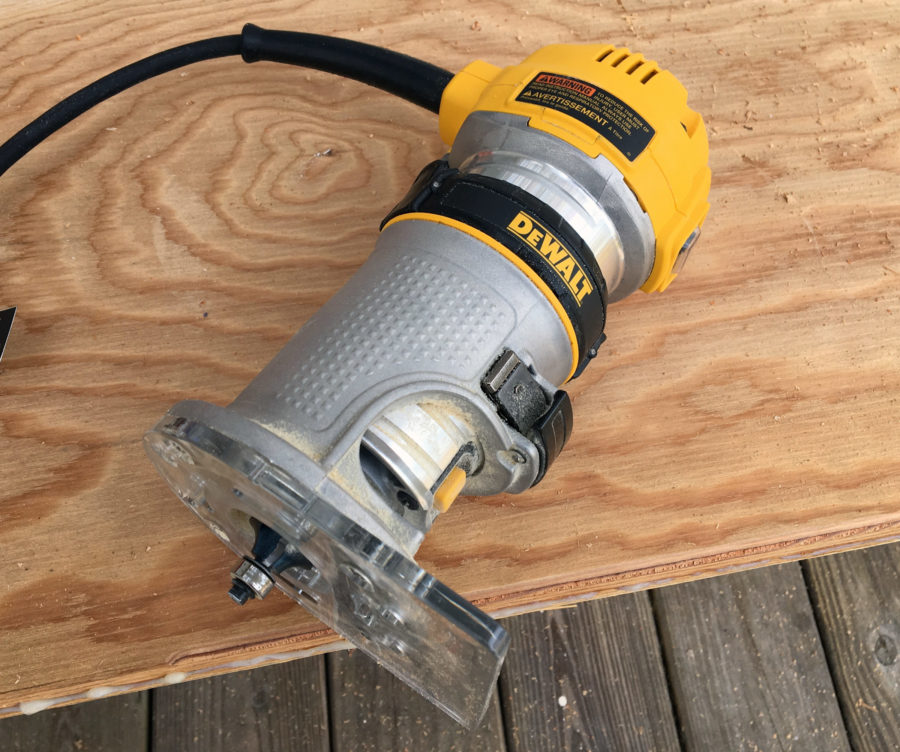
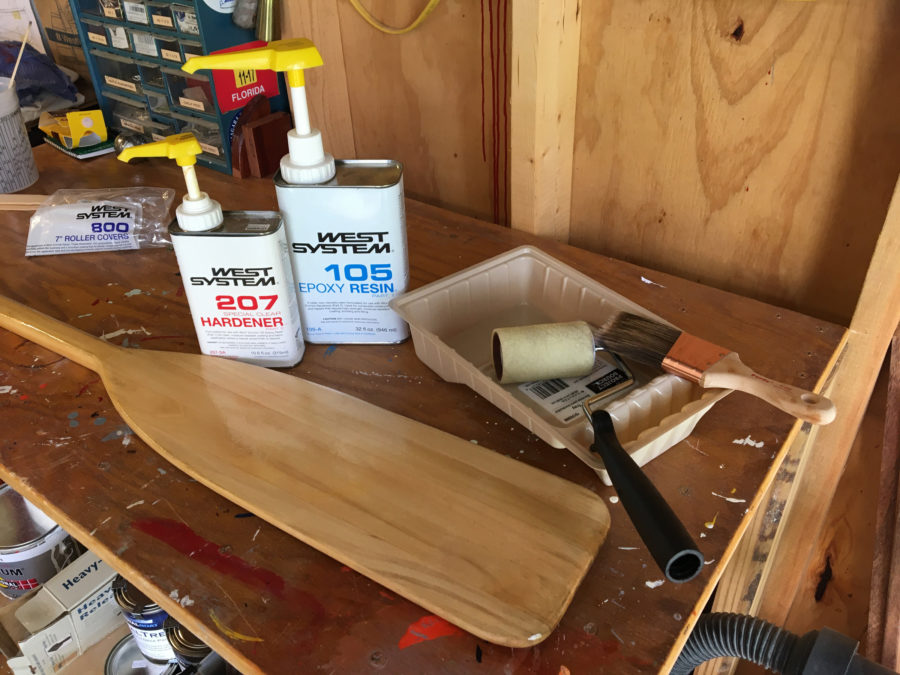
Aha! another use for the mallet! Use it to strike a wooden dowel to loosen a centerboard stuck in the trunk after a beaching.
Cheers,
Kent